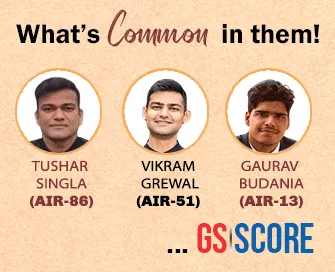

Context
In the wake of recent allegedly derogatory remarks made against Prophet Mohammad, that triggered a diplomatic offensive from the Muslim world, it is important to analyse India’s stakes in West Asia.
Background
The geographic boundary
- Western Asia is bounded in the
- west by the Mediterranean Sea and the Red Sea
- north by the Black Sea, the Caucasus, and the Caspian Sea
- east by the fringing mountains of Iran
- south by the Arabian Sea and the Indian Ocean

Assessing India’s dependence on West Asian countries
- Domestic crude oil productionmeets less than a fifth of the country’s oil requirement, forcing India to rely on imports to fill the gap of over 80%.
- The share of Gulf countries of India’s total crude oil imports has remained fairly stable over the past 15 years at around 60%.
- In 2020-21, India’s top oil exporter was Iraqwith a share of over 22%, followed by Saudi Arabia – at around 18%.
- Bilateral trade:Countries in the West Asian region collectively account for one-sixth of India’s total bilateral tradeand contribute about three-fifths of India’s crude oil supply.
- Economic opportunity:The region is a major provider of jobs and economic opportunitiesfor Indian workers, professionals and entrepreneurs and is home to approximately 8.9 million Indians.
|
Getting the better picture (with numbers)
|
- International Treaties:India has signed a Comprehensive Economic Partnership Agreement (CEPA) with the United Arab Emirates earlier this year, has become one of the biggest contributors to the region.
- Easy access:With the region acting as a major hub for markets in Africa, India is keen to have tariff-free access to its exports not only in the Gulf region but also in countries in Africa.
Challenges for India in West Asia
- Islam: On issues of Islam, particularly with reference to the Quran and Prophet Mohammed, most if not all 57 members of the Organisation of Islamic Countries (OIC) stay together.
- For them, it is also a common ‘identity issue’, in these times of perceived and propagated strife.
- Lack of direct investment: India lacks direct investment in the energy sector of this oil and gas-rich region.
- Growing divide:The region is quickly turning into a highly polarised part of the world. The growing divide between Riyadh and Tehran and Washington’s hypocritical ignorance could put New Delhi in a spot of bother.
- Emergence of non-state actors:Another emerging threat in the region is of non-state actors. Large scale instability and growing terrorism in West Asia has increased the threat of takeovers of natural resources by non-state actors.


